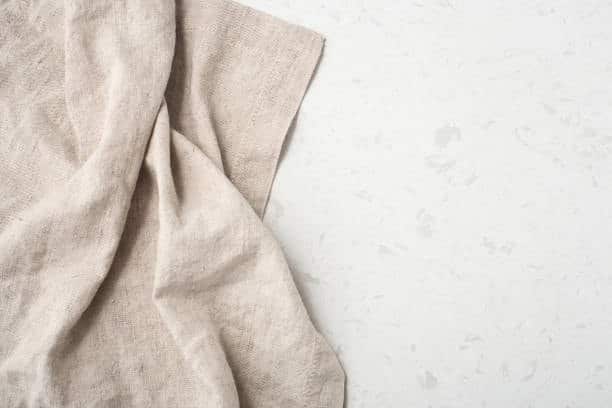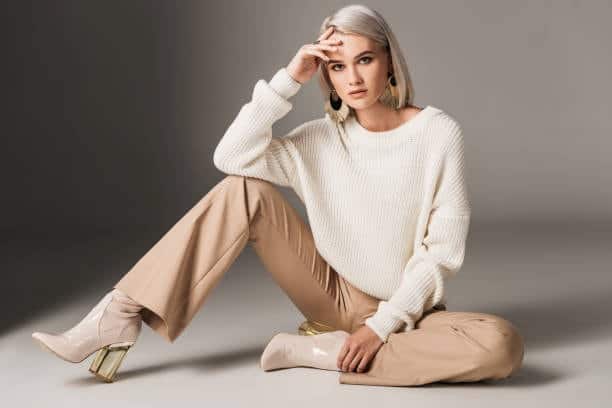The Ultimate Guide on How Clothes Is Made: From Fabric to Finish
The Ultimate Guide on How Clothes Is Made: “From Fabric to Finish” is a general idea of the flow of the production of clothes. Again, this subject is preceded by the choice and readiness for further operations of the fabric and types of fabric and its characteristics. It then moves to the design phase where designing, sketching, pattern making, and making of prototypes is done. The cutting and sewing are described and different methods and tools that are used in fashion garment construction are explained. It also discusses more specific processes involving items like dyeing, printing, and addition of trappings. The topics of quality control and assurance, aspects of packaging, and distribution are considered; these all touch on the idea of consistency and performance, or the lack thereof, at every phase of the process. The assumptions about sustainable practices and innovations in the clothing industry are offered in the last part of the guide; therefore, readers can get the idea of how clothes are made from scratch to finish.








